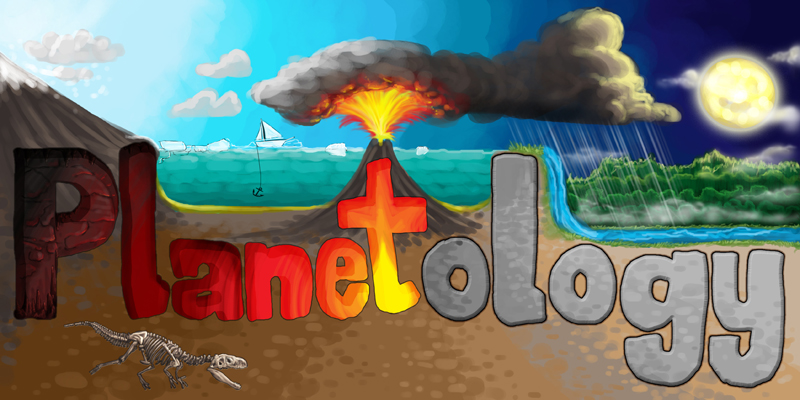Planetary systems
Article curated by Grace Mason-Jarrett
Since the discovery that our Sun is not unique in its acquisition of planets, astronomers have searched the skies for more evidence of planetary systems out there. NASA’s Kepler telescope has spotted thousands of potential exo-planets, all of which will be engaged in orbit around a star[1]. The bizarre planets we find contradict our own models based on our Solar system, and seem to defy the rules we discerned by studying how the 8 solar planets behave. From watching the behaviours of other systems we can hope better define the laws which govern planetary motion, and even to find evidence that life can exist on other planets.

Planetary system formation
So how exactly do we get planets? The most popular theory at the moment suggests that most planetary material comes from the dusty remnants left over from when a star is born. However, new data indicates that the disc of dust surrounding a star shortly after its creation can completely disappear within a few years[2]. Perhaps this is a result of planet formation, all the dust being quickly gathered together forming young proto-planets. At the moment, we don’t have enough evidence from which to produce a definitive conclusion. It’s very difficult to observe exo-planetary systems forming, since this could take millions of years. Our best chance for finding answers is to observe as many planetary systems as possible at all different stages of their lifetime, which could take years and years of data collection.


Exoplanets
Here in our Solar system we are familiar with two types of planets; gaseous giants and rocky terrestrial planets. In the depths of space the keen eyes of Kepler and Hubble have spotted planets varying in size and composition; Earth-like planets the size of Neptune, and planets composed almost entirely of water. How many different types of planets can the laws of physics allow? And conversely, what can the many different types of planets reveal to us about our own understanding of the laws of physics? There are limits on how closely we can observe these exoplanets since they are so much smaller and less bright than the stars around which they orbit, making them extremely difficult to spot. Yet each one discovered links us to a deeper understanding of how planets can form and exist in this universe.
Learn more about Exoplanets.



Not only do planets themselves vary in composition and structure, but the systems in which these planets sit appear to differ too. We associate gas giants with being further away from the Sun, and yet Kepler has spotted several ‘Hot Jupiter’ systems in which gas giants reside in orbits close to their host star. This shakes the foundations of our gas giant formation theories, which explain the planets’ existence by saying that it’s because they are so far from the Sun that they can have so much gas. There are also systems where great discs of gas and dust extend for thousands of kilometres around the central star, known as ‘Dusty Disc’ systems. There could be any number of different systems out there which we haven’t even seen yet.



Another mystery of orbital systems – why do planets orbit at the distance they do? We’ve detected a large proportion of Jupiter sized objects encircling their host star at a relatively short distance – which doesn’t fit with our models of planetary formation. One idea is that these planets are spiralling toward the central star, having formed at the distance allowed in our models, however no planets have been found closer than a certain distance. So is something causing them to stop, is there something preventing us from being able to see them, or are we simply not looking at the right stars? Why are they migrating toward their star in the first place? There are a number of theories attempting to explain what’s going on here but there is not enough evidence to say for certain[3].


This article was written by the Things We Don’t Know editorial team, with contributions from Jon Cheyne.
This article was first published on 2015-08-27 and was last updated on 2017-11-26.
References
why don’t all references have links?
[1] JPL at Caltech, 2014 Planet Quest [website] Available at: http://planetquest.jpl.nasa.gov/ [Accessed: 30/07/2014]
[2] Melis, C., Zuckerman, B., Rhee, J. H., Song, I., Murphy, S. J., & Bessell, M. S. (2012). Rapid disappearance of a warm, dusty circumstellar disk. Nature,487(7405), 74-76.
[3] Alexander, R. D., & Pascucci, I. (2012). Deserts and pile-ups in the distribution of exoplanets due to photoevaporative disc clearing. Monthly Notices of the Royal Astronomical Society: Letters, 422(1), L82-L86.
Recent planetary systems News
Get customised news updates on your homepage by subscribing to articles












